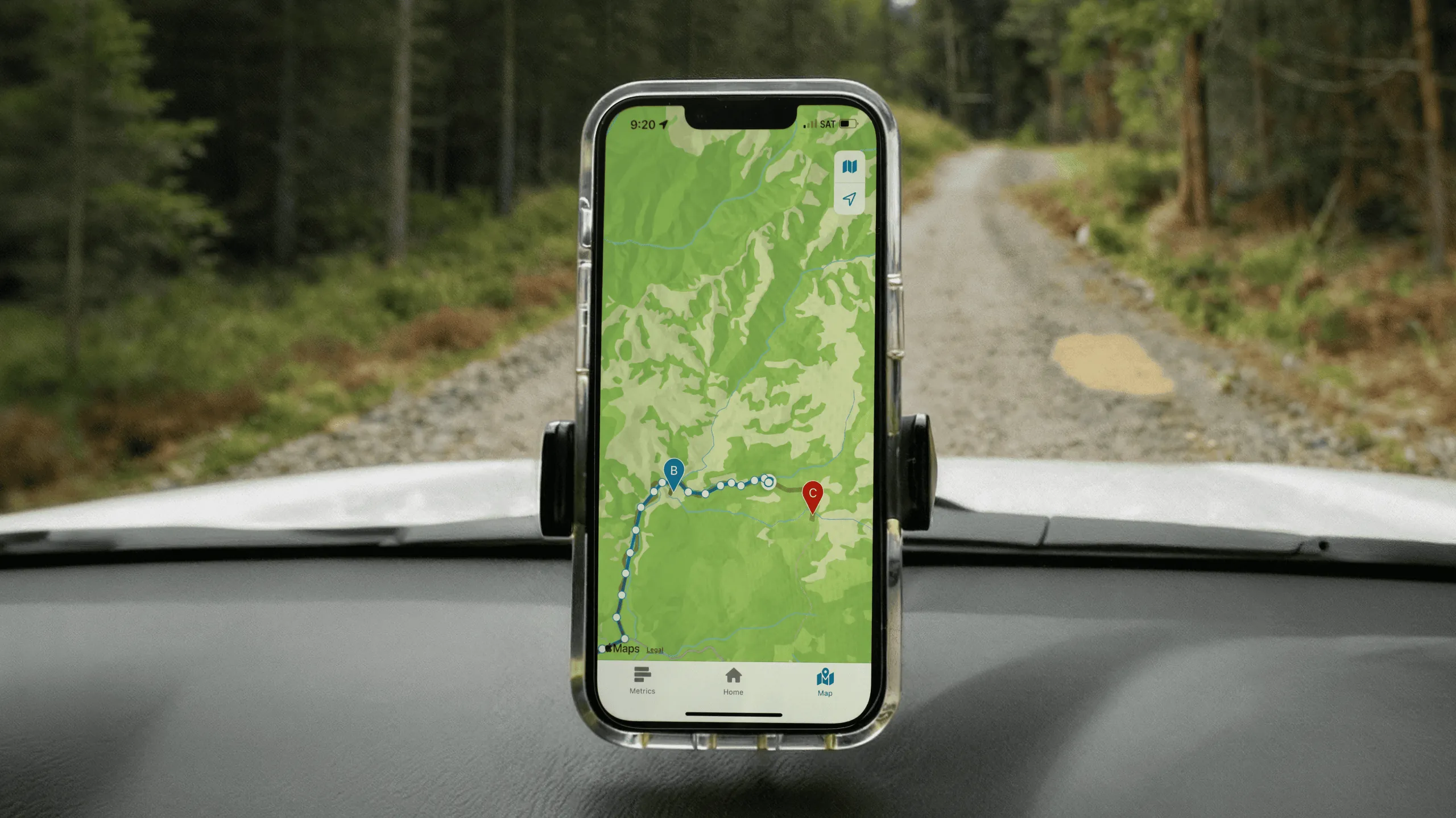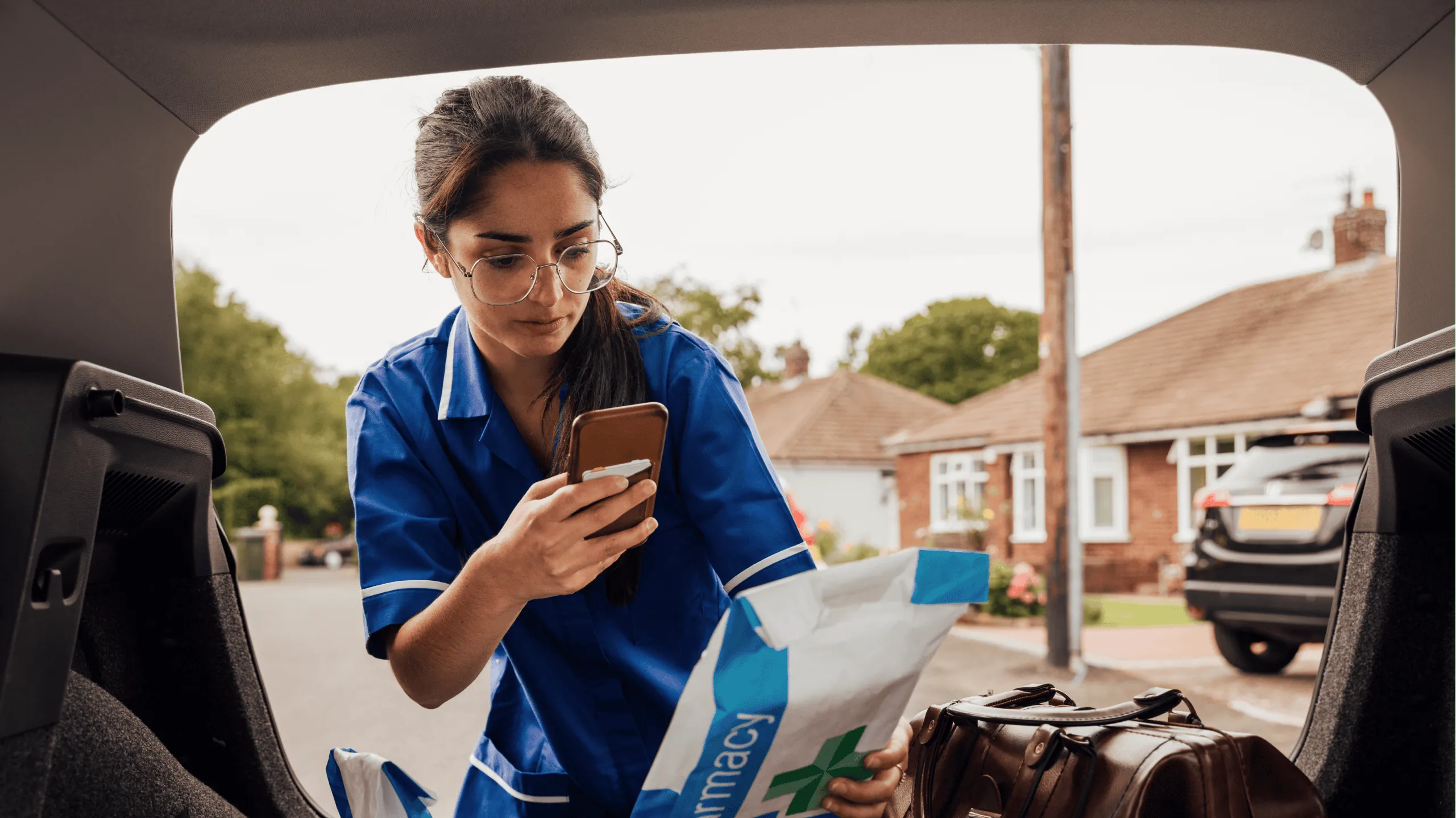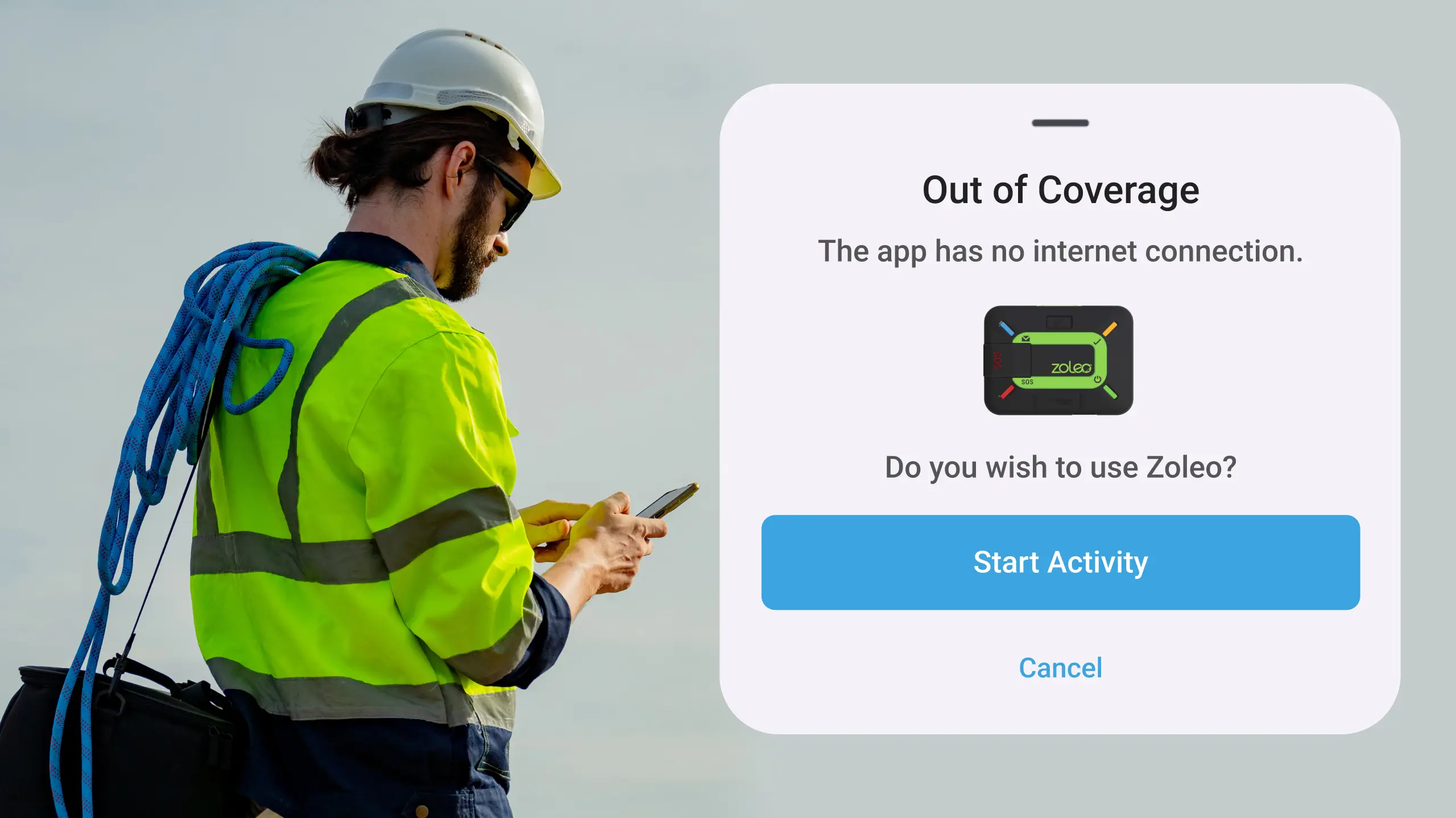Data-driven safety: new expectations from WorkSafe New Zealand
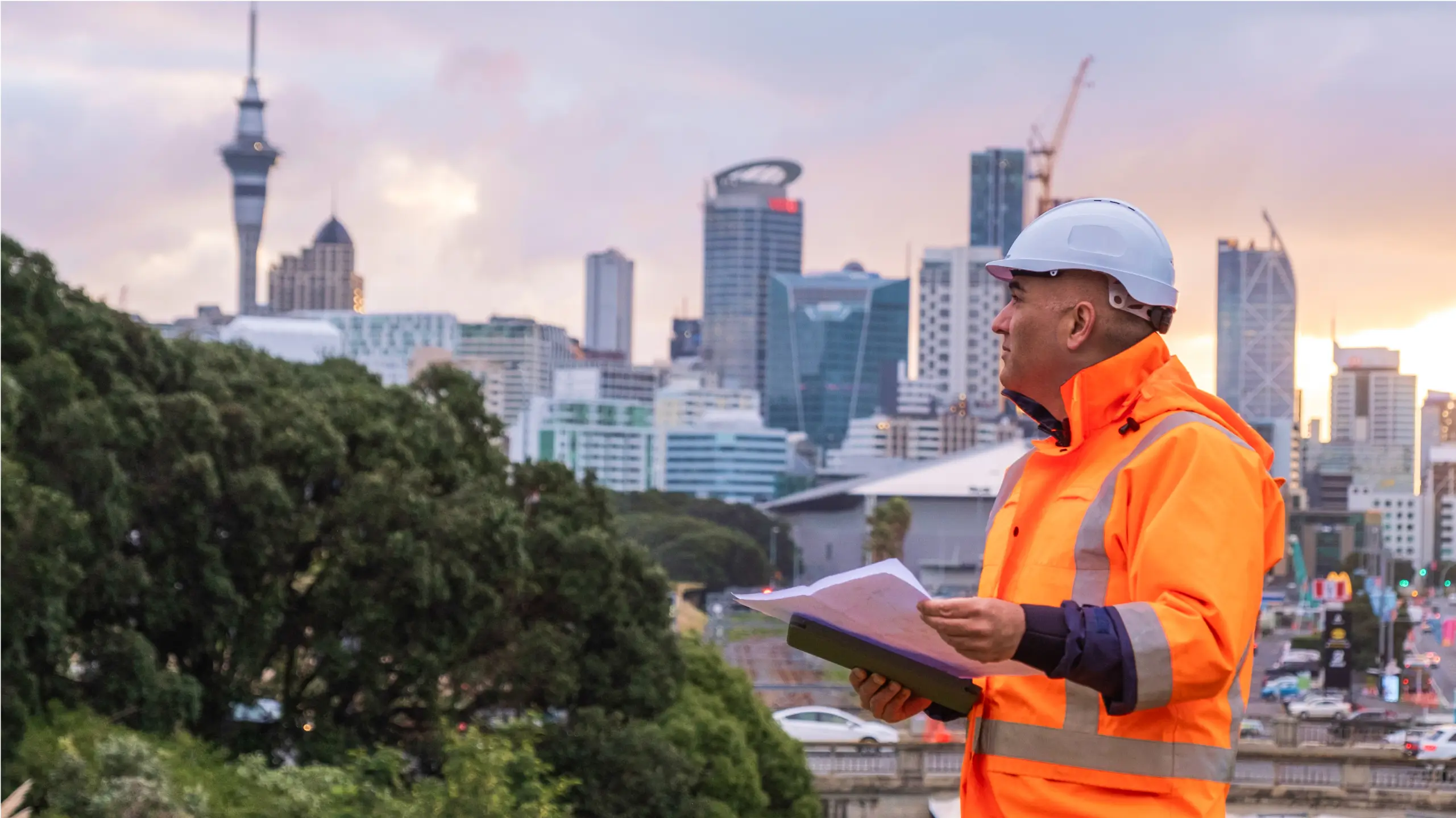
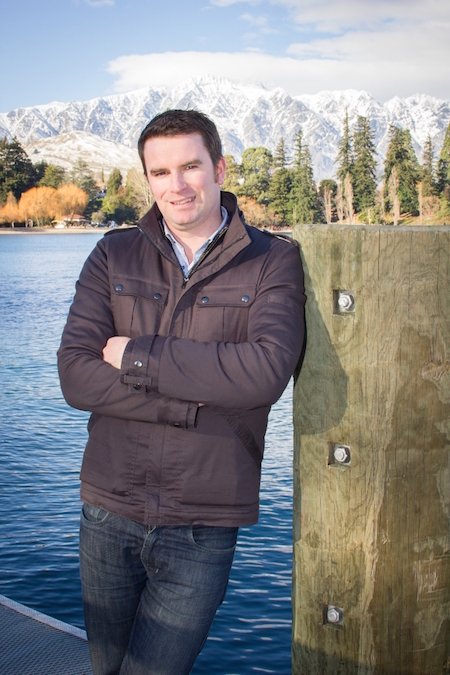
WorkSafe is shifting from policing to partnership. The question is: do you have the data to back your safety culture?
New Zealand's workplace safety landscape is changing fast. Under Minister Brooke van Velden's reforms, WorkSafe is moving from an enforcement-first regulator to one focused on education, guidance, and early business engagement. This isn't policy tweaking — it's completely rethinking how safety accountability works.
Here's the new reality: businesses must show proactive safety management through real actions, not paperwork. While this removes the "culture of fear" many felt around WorkSafe, it puts a new expectation on business leaders. You need to prove your safety culture works — and that requires data.
WorkSafe’s partnership model creates new expectations
The reforms shift WorkSafe from "cop to coach," changing how safety oversight works. Instead of reactive inspections after incidents, WorkSafe will provide guidance and help businesses identify and manage risks themselves.
From Cop to Coach: How WorkSafe NZ is changing
Before: Reactive WorkSafe NZ | After: Proactive WorkSafe NZ |
Reactive inspections after incidents | Proactive guidance before problems arise |
"What did you do wrong?" | "How can we help you improve?" |
Punitive enforcement focus | Partnership and education focus |
Fear-based compliance | Trust-based collaboration |
Tick-box auditing | Meaningful risk assessment |
One-size-fits-all regulations | Tailored guidance for specific industries |
External oversight dependency | Internal capability building |
Penalty-driven improvement | Data-driven continuous improvement |
With fewer inspections and more guidance-based interactions, you need solid internal systems to track safety performance. When WorkSafe engages — whether for consultations or investigations — they'll expect evidence of your safety culture in action. Many safety professionals call this "the evidence gap."
Most companies can't show their safety culture is working effectively. Traditional safety management relies on lagging indicators like incident reports and training certificates. These matter, but they don't show the proactive, real-time management that WorkSafe's partnership model values.
The question: when WorkSafe asks about your safety culture, can you show measurable engagement, risk patterns, and continuous improvement — or just completed paperwork?
Real-time monitoring provides operational advantages
The most successful organisations will move beyond compliance checklists, shifting from reactive documentation to proactive risk management. This means rethinking how you collect, analyse, and act on safety data.
GetHomeSafe's safety monitoring platform creates exactly the data foundation WorkSafe's new approach values. Instead of retrofitting traditional systems, GetHomeSafe was designed to generate the measurable engagement and continuous monitoring modern safety culture requires.

Measurable engagement means tracking actual worker participation in safety processes, not just training certificates. Are teams actively reporting hazards? How quickly do you address safety concerns? What patterns show up in near-miss reports? These metrics prove a living safety culture, not a theoretical one.
Predictive safety insights emerge when you use data patterns to spot potential incidents before they happen. By tracking check-in compliance, location-based risks, and worker behavior, you can prevent incidents instead of just responding to them.
Automated welfare systems and dynamic risk assessments reduce human error while creating comprehensive audit trails. Manual check-ins fail when supervisors get busy, workers forget, or communication breaks down. Automated systems ensure no worker falls through the cracks while generating documentation that proves consistent safety culture.
Integration capability connects GPS tracking, panic buttons, and satellite devices into one platform, creating a complete picture of worker safety. This unified approach provides holistic data, showing your safety culture extends across all scenarios.
Journey management planning with supervisor approval transforms ad-hoc work into systematic risk assessment. Workers plan activities, supervisors review and approve based on risk factors, and the system automatically tracks compliance — creating audit trails that show proactive safety management at every level.
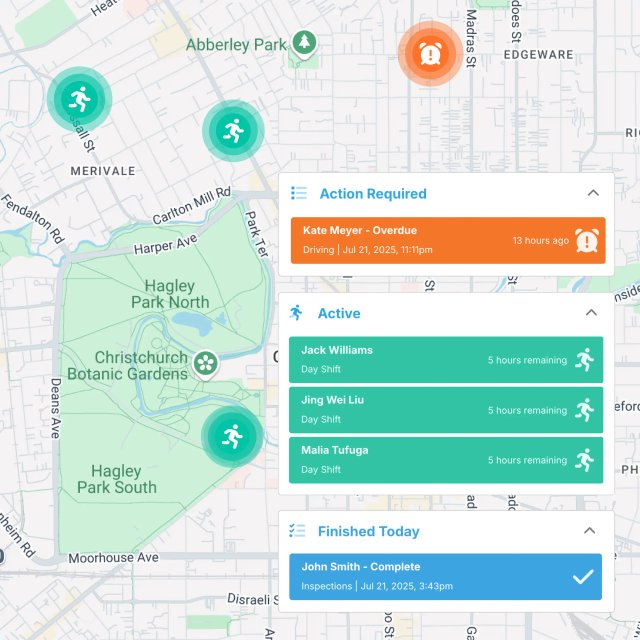
Real-time location sharing and automated check-ins ensure no worker operates in blind spots. (Even when they’re out of coverage!) The system provides live visibility into where teams work and whether they're checking in as planned, with automated escalation when things go wrong.
Our collective approach helps your safety culture empower, rather than burden, your employees. Workers gain confidence knowing help is available, supervisors get real-time visibility without micromanaging, and leadership gets data to demonstrate continuous safety improvement.
The take-home message? GetHomeSafe enhances rather than complicates safety processes.
Moving beyond compliance
The future belongs to proactive organisations. Superior safety monitoring becomes an operational advantage — improving resource allocation, reducing response times, and building team trust. When you can prove your safety culture works through data rather than documentation, you create better outcomes for everyone.
GetHomeSafe has worked towards this proactive, people-first, data-based approach since 2012 — long before WorkSafe made it an expectation. The shift is underway. The question isn't whether WorkSafe's partnership approach will change New Zealand safety — it's whether your organisation can meet the new standards.
Don’t just meet WorkSafe’s expectations — exceed them with a data-driven safety culture that proves your genuine commitment to getting everyone home safe.
Turn safety monitoring into operational advantage
Discover how to build audit-ready safety monitoring that shows your culture in action.

